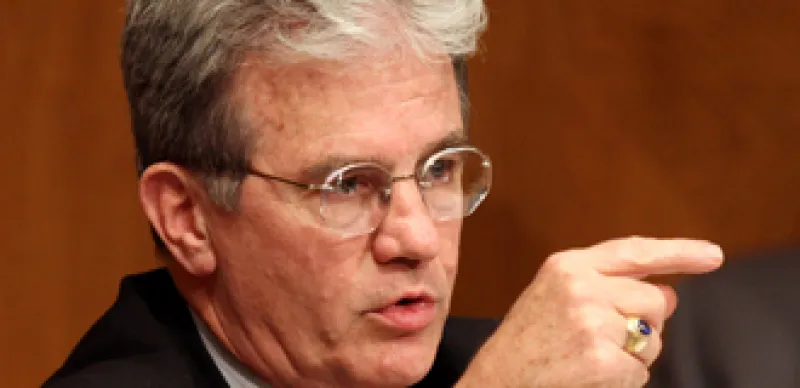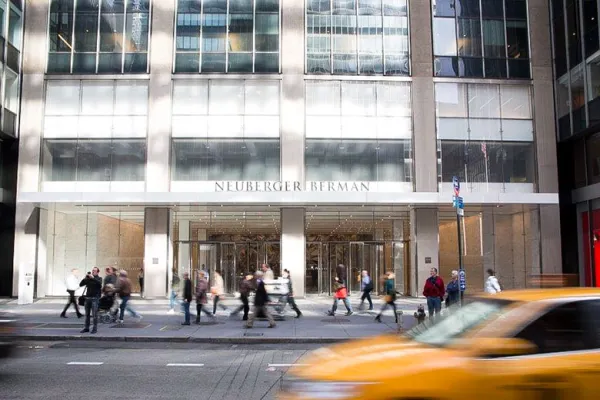States scrambling to start closing big funding gaps in their public-employee pension plans likely will pay close attention to a looming battle over a federal employees’ pension plan.
On March 17, U.S. Senators Richard Burr (R-North Carolina) and Tom Coburn (R-Oklahoma) introduced the “Public-Private Employee Retirement Parity Act,” a bill that would end the defined benefit pension part of the Federal Employee Retirement System (FERS) for new federal-government hires starting in 2013. The FERS system’s current underfunding stands at nearly a billion dollars, Burr said in introducing the legislation, and he characterized the benefit’s current cost to taxpayers as unsustainable.
Today the federal government contributes a total of 12.7 percent of wages to FERS and the Thrift Savings Plan, versus an average 5.3 percent private-sector employer contribution to retirement, according to “Reforming Federal Pensions,” a paper released in September 2010 by Third Way, a moderate think-tank. “If you look at the amount that private companies spend for employees in retirement compared to the government, it is out of line,” says Jim Kessler, Third Way vice president for policy and a co-author of the paper. In 2011, the paper says, taxpayers will pay about $19 billion to fund future federal pensions, while federal employees will contribute a little more than $1 billion.
“The issue is whether the defined benefit plan is going the way of the dinosaur,” Kessler says. “The only people who are going to have these types of plans are public employees. There is an argument that says, ‘Once somebody stops working for me, I should stop paying for them.’ We are on a trend where this is more of a do-it-on-your-own country, for better or worse.”
Third Way instead favors keeping the federal defined benefit program but phasing in 50-50 contribution parity over about five years. If employers and employees contributed equally, taxpayers would save $114 billion over 10 years and $271 billion over 20 years, Kessler says.
Expect plenty of employee opposition to the Burr-Coburn bill. “The FERS pension is fully funded, contrary to Senator Burr’s claims. And eliminating pensions for future employees would do absolutely nothing for the fictional unfunded liabilities that the fact-challenged senator imagines he is resolving,” says John Gage, national president of the American Federation of Government Employees (AFGE). “Worse, Senator Burr’s bill is a mean-spirited attempt to deprive future employees of any hope of a dignified retirement after they have spent a lifetime in public service.”
Ultimately, Kessler says, something has to happen for pragmatic political reasons. “There are going to have to be changes to Social Security and Medicare,” he says, “and to sell those changes to the people, the federal government needs to be able to say, ‘We are looking at ourselves for cuts.’”
However the FERS situation gets resolved, it may influence how other government officials address their pension dilemmas, Kessler says. “Some states could look at this and say, ‘OK, this is what we should do here,’” he says. “The federal government actually has done a good job of funding its pension. States’ issues are worse. The fact is, a lot of state and local governments just do not have the money to fund these pensions. It is a bit of a Ponzi scheme on their part.”






